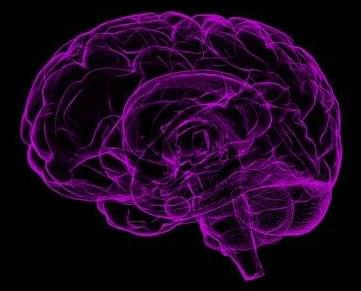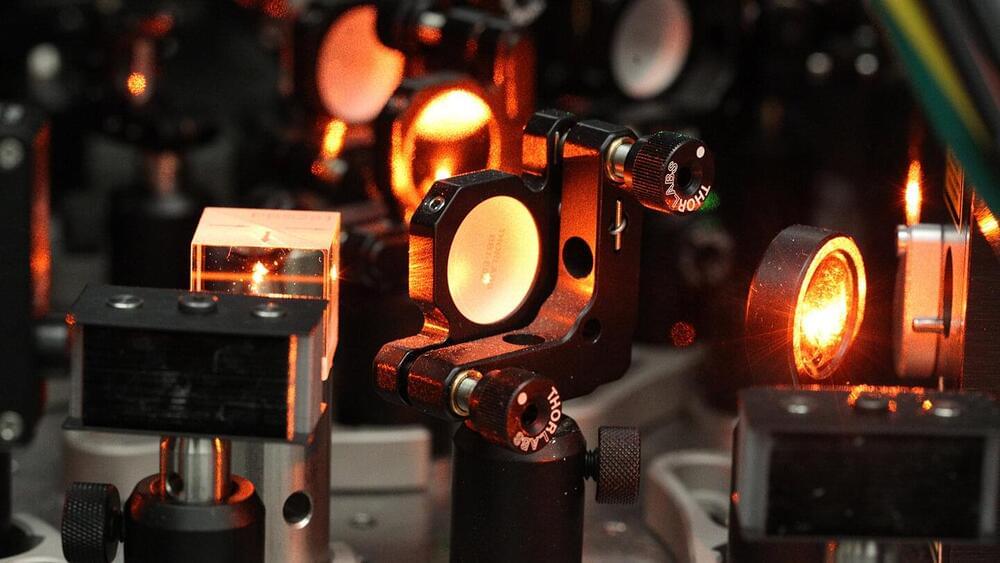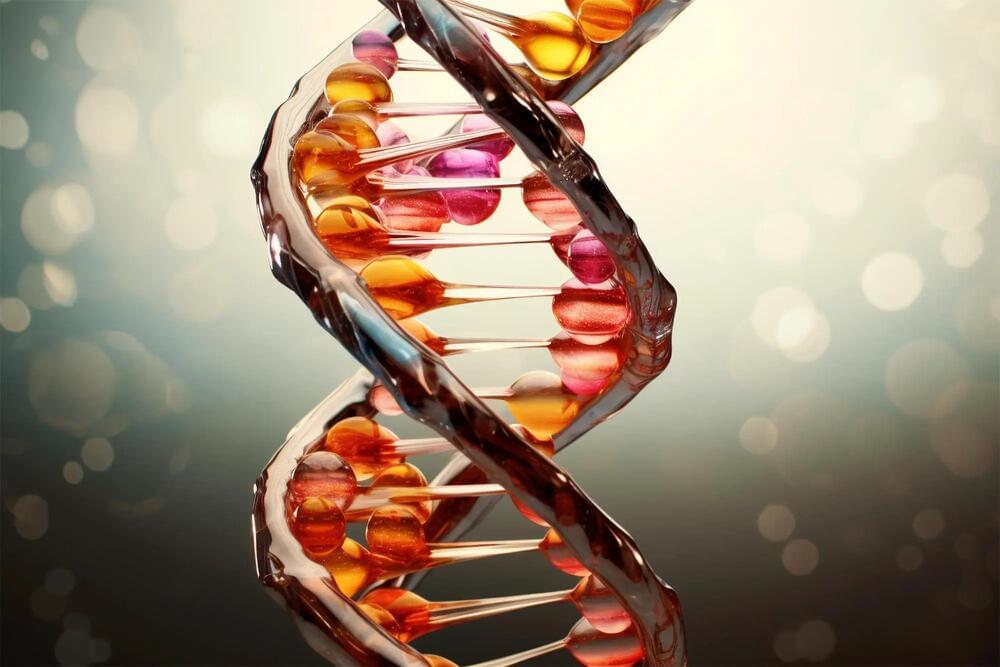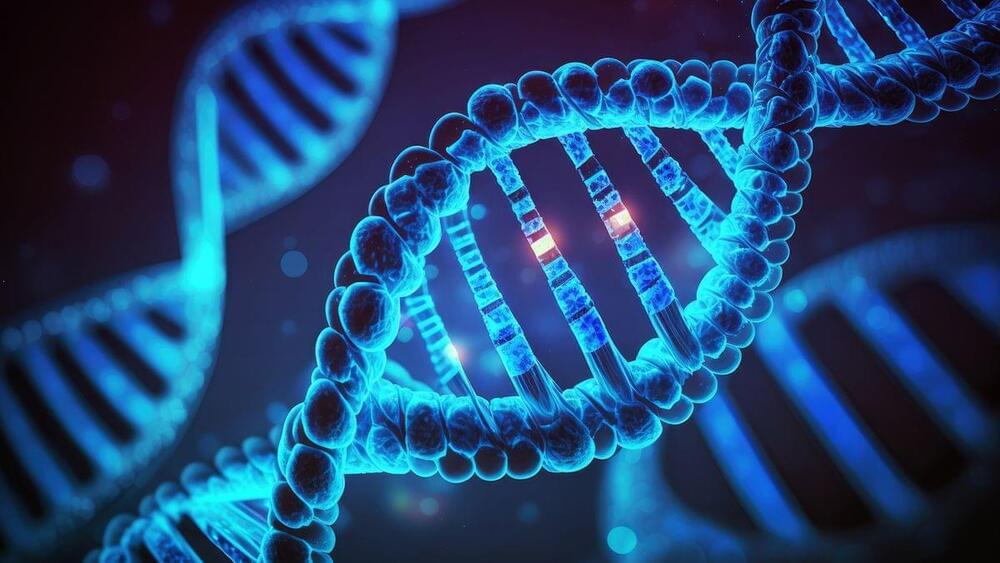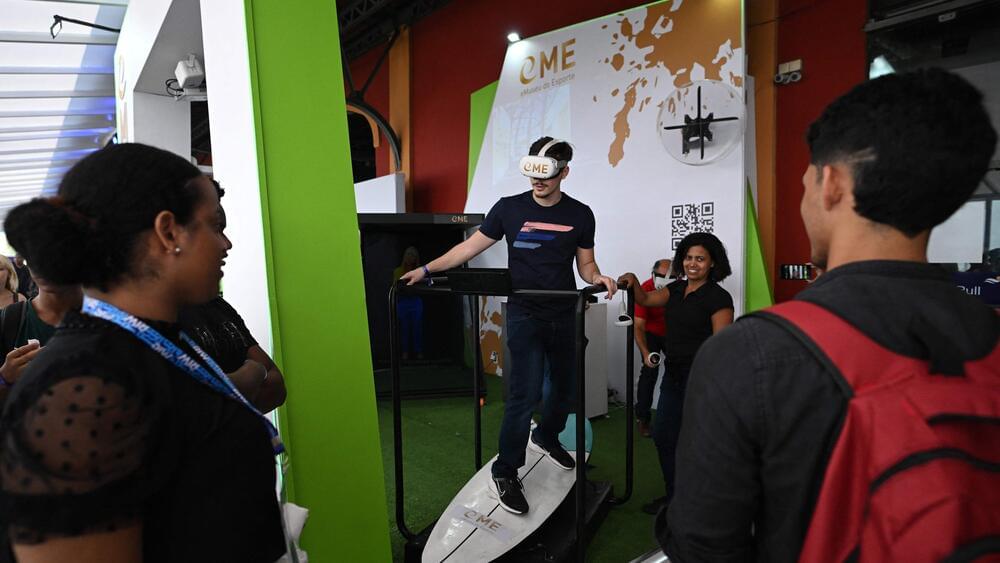Whether improperly closing a door or shanking a kick in soccer, our brains tell us when we’ve made a mistake because these sounds differ from what we expect to hear. While it’s long been established that our neurons spot these errors, it has been unclear whether there are brain cells that have only one job—to signal when a sound is unexpected or “off.”
A team of New York University neuroscientists has now identified a class of neurons—what it calls “prediction-error neurons”—that are not responsive to sounds in general, but only respond when sounds violate expectations, thereby sending a message that a mistake has been made.
“Brains are remarkable at detecting what’s happening in the world, but they are even better at telling you whether what happened was expected or not,” explains David Schneider, an assistant professor in NYU’s Center for Neural Science and the senior author of the study, which appears in JNeurosci. “We found that there are specific neurons in the brain that don’t tell you what happened, but instead tell you what went wrong.”
